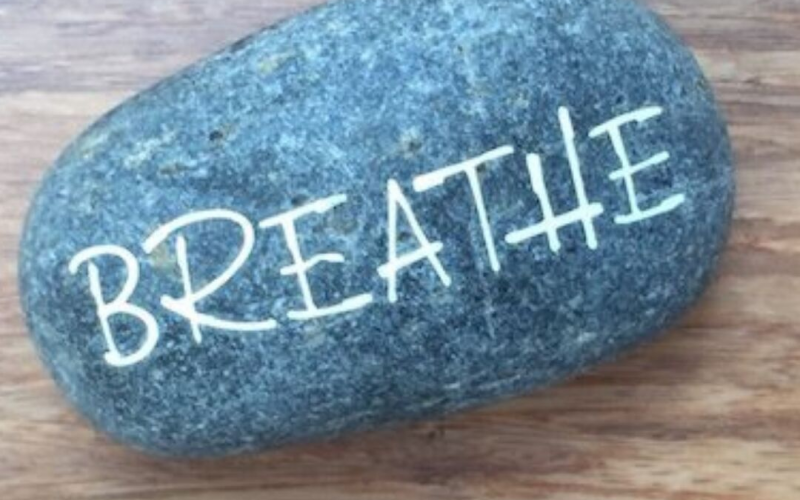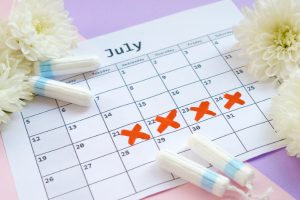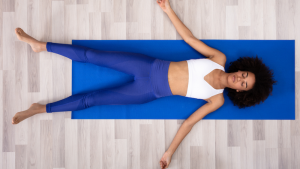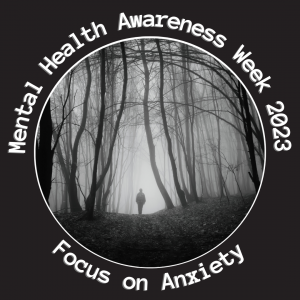Stress is necessary for life; It helps us learn, meet deadlines, be creative, and is essential for our sheer survival. Stress is only harmful when it becomes overwhelming and interrupts the healthy state of equilibrium that our nervous system needs to remain in balance.
When stress overwhelms your nervous system, it floods our body with chemicals that prepare us for “fight or flight”. While the stress response can be lifesaving in emergencies where we need to act quickly, it wears our body down when constantly activated by the stresses of everyday life. The relaxation response puts the brakes on this heightened state of readiness and brings your body and mind back into a state of equilibrium. A variety of different techniques can help our nervous system back into balance by producing the relaxation response. The relaxation response is not just lying on the treatment couch or sleeping but a mentally active process that leaves the body relaxed, calm, and focused.
Learning the basics of these relaxation techniques isn’t difficult, but it takes practice. Most stress experts recommend setting aside at least 10 to 20 minutes a day for your relaxation practice. If that sounds like a daunting commitment, remember that many of these techniques can be incorporated into your existing daily schedule. For example, practise at your desk, or over lunch or during our daily commute.
Full deep breathing is a simple yet powerful, relaxation technique to quiet the mind. It’s easy to learn, can be practised almost anywhere, and provides a quick way to get your stress levels in check. Deep breathing is the cornerstone of many other relaxation practices, too, and combines well with other relaxing elements such as aromatherapy and music. All you need is a few minutes and a place to stretch out.
Practising deep breathing
The key to breathing deeply from the abdomen, when you take deep breaths from the abdomen, rather than shallow breaths from your upper chest, you inhale more oxygen. The more oxygen you get, the less tense, short of breath, and anxious you feel.
Choose your position
Lie comfortably (on a matted floor or in bed) with your knees bent and feet flat on the floor straight. Put your hands on your belly or lower ribcage or chest.
OR
Sit comfortably with your back straight with hands in the same position.
Instructions
- Breathe in through your nose, notice the movement of your chest and your lower abdomen, both should rise.
- Exhale through your mouth, pushing out as much air notice how your abdominal muscles help by contracting.
- Keep your neck, jaw and shoulders relaxed; it sometimes helps to keep your lips gently closed with teeth slightly parted and tongue sitting up on the roof of the mouth.
- Inhale for a count of 5 and exhale for a count of 6. The numbers don’t matter as long as the out-breath is longer than the in-breath, and they are both slow and controlled.
- Continue to breathe in through your nose and out through your mouth. Try to inhale enough so that your lower abdomen rises and falls.
- Imagine that your inbreathe reaches all the way down to your toes (all of them) and your out-breaths pass out the crown of your head like a stream of chimney smoke.
Watchpoints
Take your time. Your mind will probably fill with a rush of monkey-mind thoughts. Try to keep your focus on the breath, and what you actually feel in your body.
When you have finished, get up slowing if you have been lying down, or better still snuggle under your duvet and go to sleep
Notes
- Stop if you feel unwell or light-headed remember to keep your breaths slow.
- It helps to do this at the same time of day
- Aim to practice 6 days out of 7
- It just takes a few weeks for this to become habitual, and some habits are beneficial.







